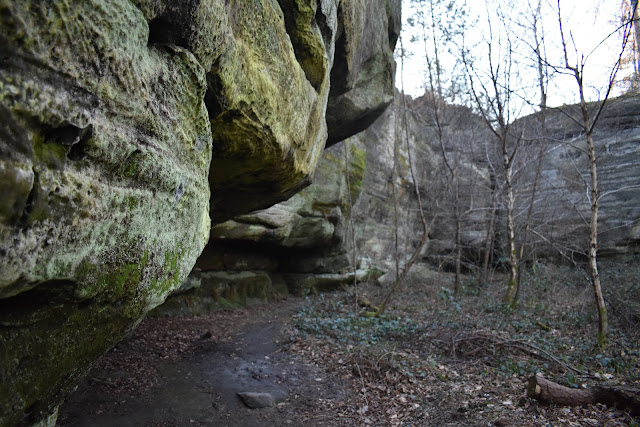This shows the testing of one of the locations as part of the woods scene. I am testing this because I want to scope out what kind of shots I am able to do here and if it is safe to do the shots I am planning to do- I am also looking to see if it is easily accessible and not too busy.
Testing a possible shot
Testing a possible shot
Testing if this alcove is suitable for a shot
Recording the terrain
Testing a possible shot
Recording possible background
Recording possible background
The feature for a possible shot
The trinkets and ribbons on the tree.
Possible sunset shot
Testing backlighting
Documenting of how the sunset looks in the woods- possible establishing shot (pt 1)
(Pt2)
Possible shot
Testing long shot
Testing mid shot
Testing head and shoulder shot
Testing establishing shot
Another possible hallucination scene location
Possible shot (pt 1)
(pt 2)
Test for possible shot
Alternate angle for hallucination shot
Test shot for tree
Test shot
Test for walking shot
After this test, I know where I will shoot, the angles that I will shoot from and when is the best time to shoot at. There are no light sources around this area, so I will have to provide my own. There is a path that I plan to shoot on, as well as a tree with hanging ribbons and trinkets- this scene will include a hallucination, so I think the creepy vibe of the tree will fit into this.



































